It’s Time to Talk Turkey
I received a Postcard from a reader asking me if it was true that, at one time, Fallon Turkeys were world famous. The answer depends on what one means by world famous. I once heard that during the 1920s, Fallon Tom Turkey was listed as a main course on the menu of the Waldorf Astoria Hotel in New York City. That would make those Fallon turkeys close to world-famous. I was not able to verify the Waldorf Astoria story, but I found other tasty morsels of information for your Thanksgiving reading.
There is evidence that turkeys were raised in Churchill County in the 1860s, with reports that local turkeys graced Thanksgiving tables on the Comstock. John Townley tells us in his book “Turn This Water into Gold” that raising local turkeys was not a big business until later in our valley’s history. Beginning about 1911, turkey entrepreneurs became more serious about their opportunities and better prepared to market their goods. Townley reports that about 7000 local turkeys were sold in 1914, and the numbers kept growing until well into the 1920s.
In those days, several factors favored the local turkey-raising business. A usual 20% loss of the hatch was experienced in other regions, compared to a less than 5% loss in the Lahontan Valley for reasons of soil, climate, diseases, and diet. Many local turkey growers allowed their birds to range free, eating insects and alfalfa in addition to being fed grain supplements. A poultry disease that swept through the California turkey crop in 1915 did not invade the local crop, resulting in large sales for local farmers. In that year, eighty farms were engaged in raising turkeys for sale. And, adding interest to the idea of Fallon turkeys becoming world famous, during World War I, Fallon turkeys were shipped to the Philippines to feed our troops stationed there.
The 1920s brought boom followed by bust in the Fallon turkey business. In the early 1920s, the major turkey market was San Francisco. Commission agents from the Bay Area would issue a bid for the entire area’s turkey crop. The farmers were unhappy with this single sourcing and felt that they were held hostage by the commission agents and the proposed single price. They began to seek other markets, branching out to the LA area, where agents paid cash and charged less commission. In 1925, 219 turkey growers in Northern Nevada shipped 30,000 birds, the lion’s share from Churchill County. In 1926, local growers banded together to increase their profits, forming the Churchill County Poultrymen, Inc. In 1927, 300 growers pooled their numbers and invited the agents to bid with eleven rail cars of turkeys going to Young’s Market in LA.
The bust came in the form of the 1929 stock market crash and the resulting Great Depression. In 1928, 60,000 local turkeys were shipped; by 1940, the number was 10,000. The demand bottomed out as down-and-out folks could not afford the luxury of a turkey dinner.
Even though the Fallon turkey business had changed and diminished over the years, one local turkey grower, Minnie Blair, persisted. Blair had established a turkey farm in 1924 on the outskirts of Fallon, near where South Taylor Street now ends at Sheckler Road. Her business, branded Atlasta Ranch, grew and thrived during the Depression and into the 1940s. Blair did her share to make Fallon Turkeys world-famous, routinely shipping turkeys to regular customers in Florida, Hawaii, Washington D.C., and New York City. An Atlasta turkey was sent as a gift to the Franklin Roosevelt White House. When she learned that one of her turkeys was on the White House Thanksgiving menu, Blair, a fierce Republican, was not amused. Another turkey from Blair’s farm was sent to the Oscar Hammerstein family, who lived in a small Pennsylvania town. (The famous Hammerstein wrote the lyrics for Broadway plays, including “Show Boat,” “The King and I,” and “The Sound of Music.”) Mrs. Hammerstein sent a personal thank you letter to Minnie Blair, acclaiming the virtues of her Fallon bird: “We loved the turkey. It weighed 26 pounds and was the talk of the town.”
Please send a story, question, comment, verse, or memoir to [email protected].



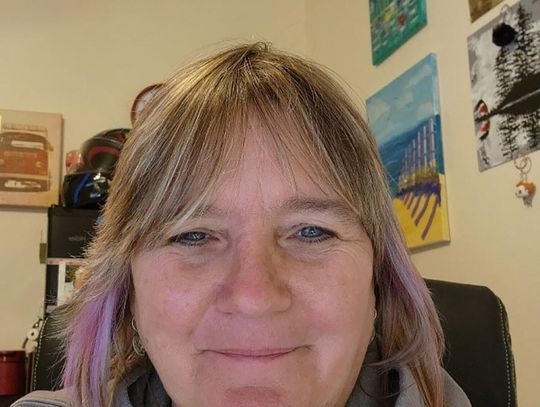
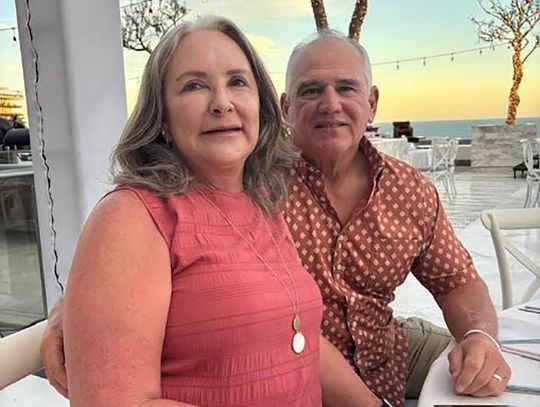
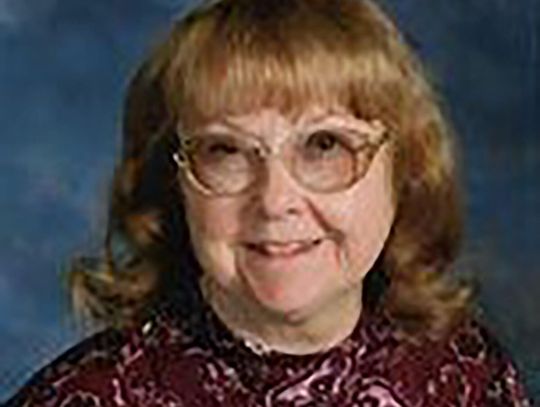
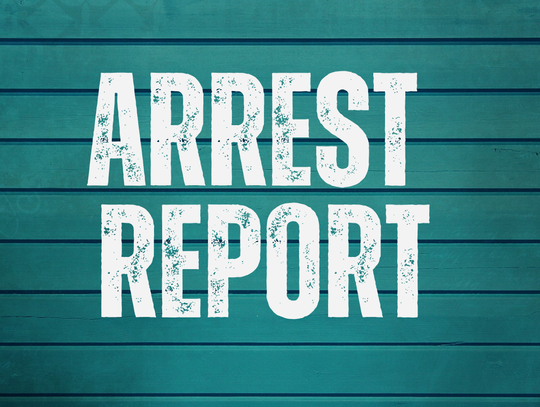
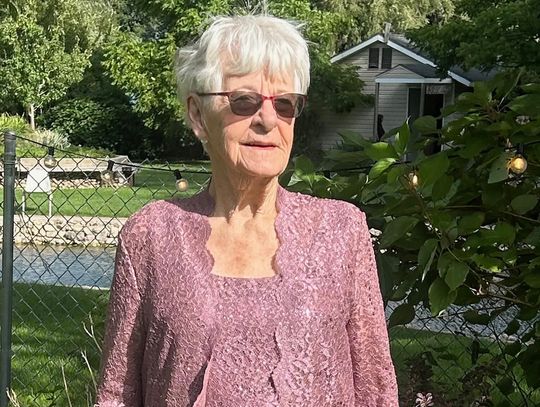

Comment
Comments